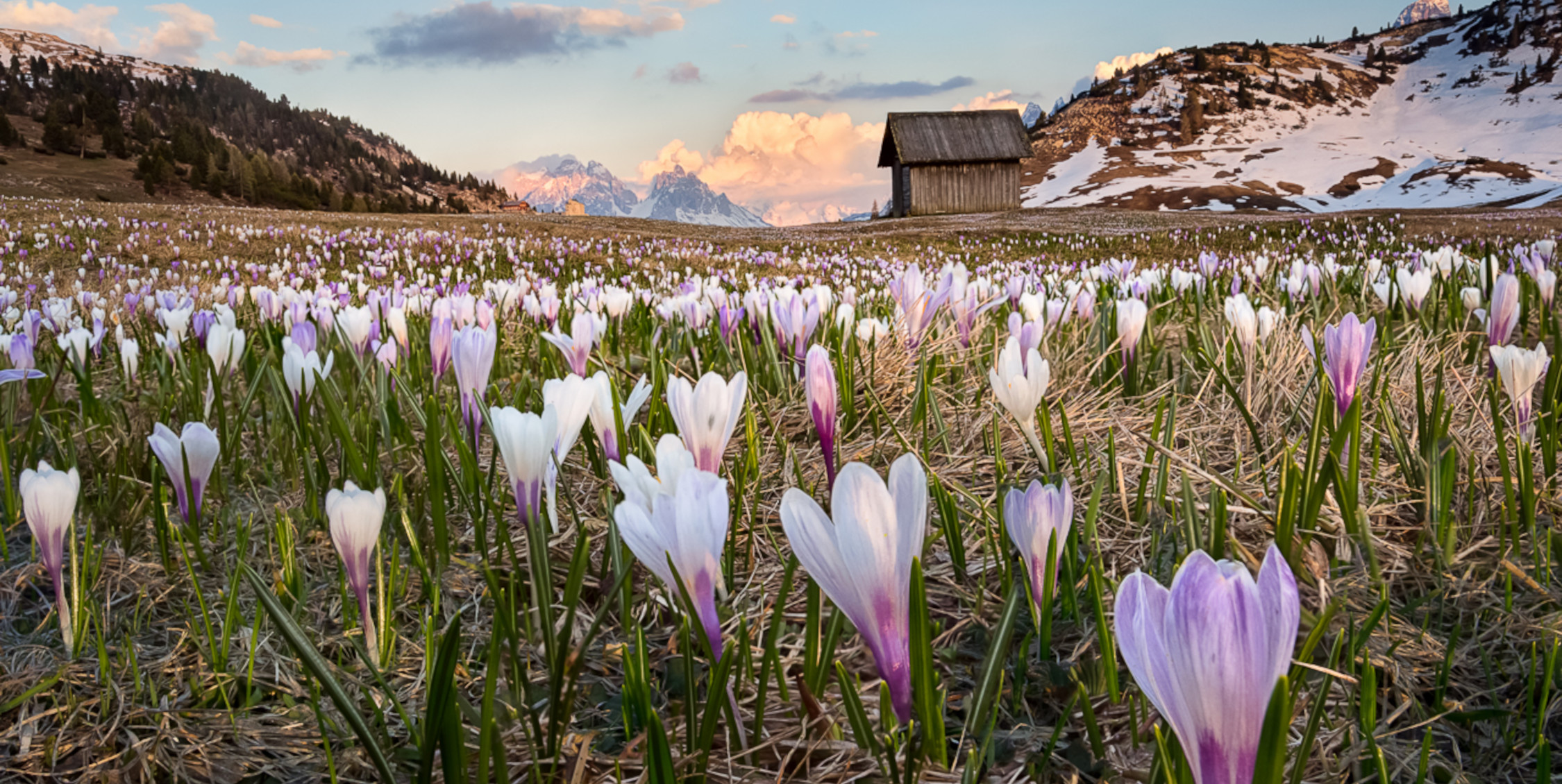The Catalogue of good active conservation practices is a response to the Overall Management Strategy. The Strategy is a tool whose development was based on specifications received from UNESCO and the IUCN. It promotes and implements the collaboration between institutions and regional entities for the UNESCO World Heritage Site by organising the resources, both human and financial, that are available in the area and integrating the conservation, communication and appreciation of the Site.

Ph. Alessandra Masi
The Catalogue of good active conservation practices is aimed at identifying good practices already consolidated in the various regions of the Dolomites UNESCO World Heritage Site which can later be translated into operational guidelines for Protected Areas.
Active conservation
Active conservation is that set of practices aimed at preventing a clear separation between nature and human activity; it integrates nature conservation policies with socio-economic development policies linked, first and foremost, to agriculture and sustainable tourism.
Cataloguing
The cataloguing of good practices was launched in 2018 beginning with the successful experiences of the Park Authorities belonging to the Landscape Heritage and Protected Areas Network of the UNESCO Dolomites Foundation.
During 2019, it was deemed useful to broaden the survey to good practices implemented beyond the boundaries of the Park Authorities and extend it to associations, individual entrepreneurs, consortia and other private entities.

This activity is part of the project “Promotion of the region through integrated management and communication actions of the UNESCO Dolomites WHS”, established with the support of Fondo Comuni Confinanti.

